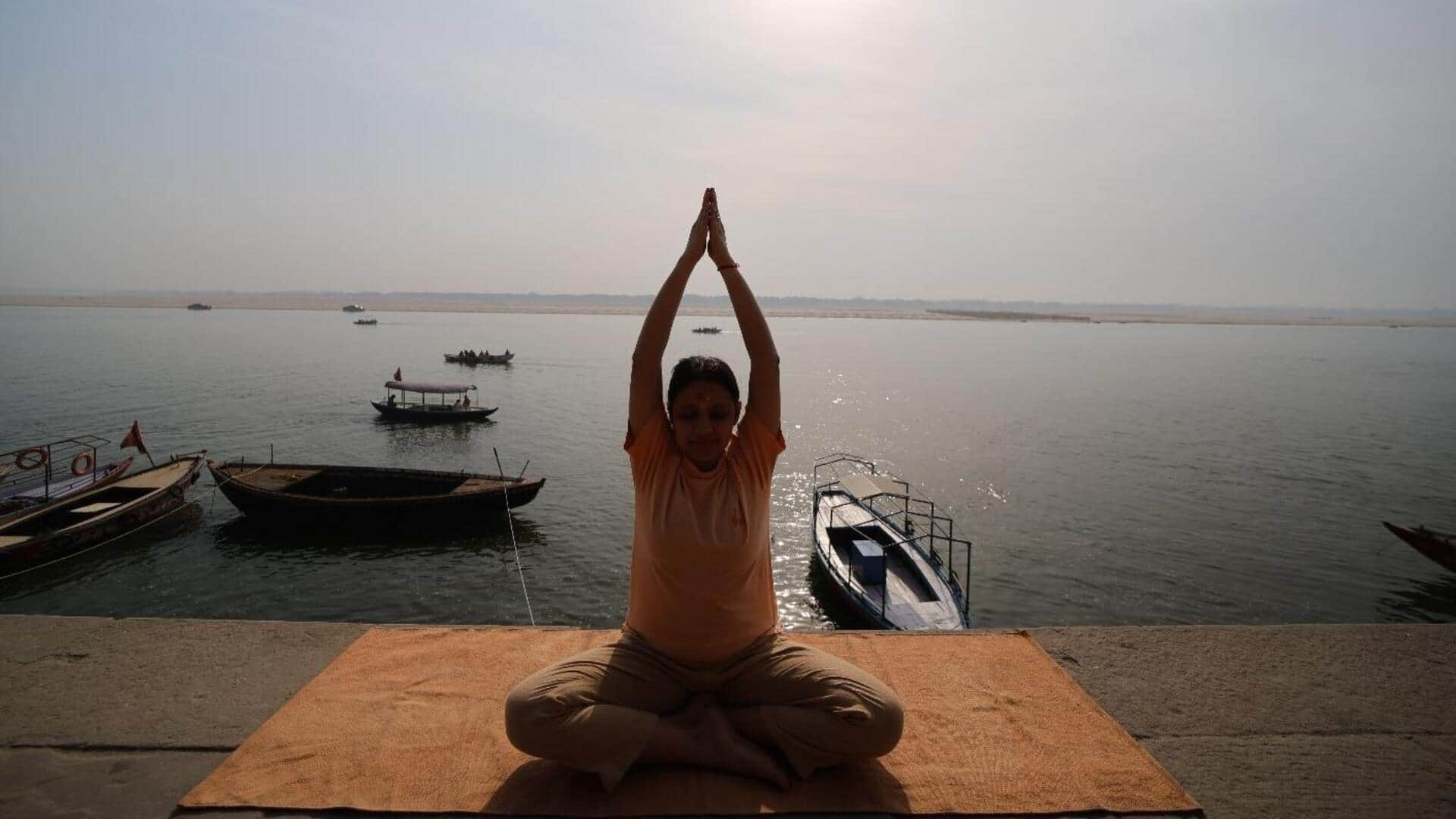
A look into India's spiritual journey
What's the story
India, a land of ancient spirituality, attracts millions of pilgrims and seekers each year.
These sacred journeys, woven into the fabric of the nation, promise solace and enlightenment.
However, the encroachment of commercialization and environmental concerns calls for a thoughtful reevaluation of these hallowed paths.
This article delves into the mystical world of India's spiritual journeys, shedding light on their contemporary struggles.
Expenses
The cost of spirituality
Undertaking a spiritual journey in India is rarely cheap.
Between transportation costs, lodging, and expected donations at temples or ashrams, a devotee can spend anywhere from a few hundred to well over ₹10,000.
This cost aspect makes spiritual enlightenment inaccessible to many, contradicting the belief that spirituality transcends material concerns.
Impact
Environmental footprint
The hoards of tourists and pilgrims flocking to sacred sites have caused significant environmental degradation.
Destinations like the Ganges River are heavily polluted due to ritualistic offerings and waste disposal by visitors.
The carbon footprint from travel further exacerbates this issue, raising questions about the sustainability of these pilgrimages in their current form.
Business
Commercialization of faith
India's spiritual destinations are losing their tranquility to the encroachment of commercial activities.
Shops peddling religious paraphernalia have turned the paths leading to temples and sacred sites into crowded bazaars, disrupting the peace and solemnity these places once offered.
This rampant commercialization not only diminishes the spiritual experience but also raises ethical questions about the manipulation of faith for profit.
Barriers
Accessibility challenges
Numerous spiritual destinations in India are situated in inaccessible regions or necessitate arduous treks, rendering them impractical for many.
Senior citizens or individuals with disabilities are frequently excluded from these pilgrimages due to the absence of suitable infrastructure or support services.
This exclusion raises concerns about the fairness of limiting spiritual experiences to only those who are physically capable.
Evolution
Preserving tradition vs embracing change
As India progresses into the future, a delicate balance must be struck between preserving the age-old traditions that define our spiritual journeys and evolving them to remain relevant and sustainable in the modern world.
Striking a balance that honors the past while embracing environmental responsibility and accessibility is key to preserving the sacred essence of these pilgrimages.